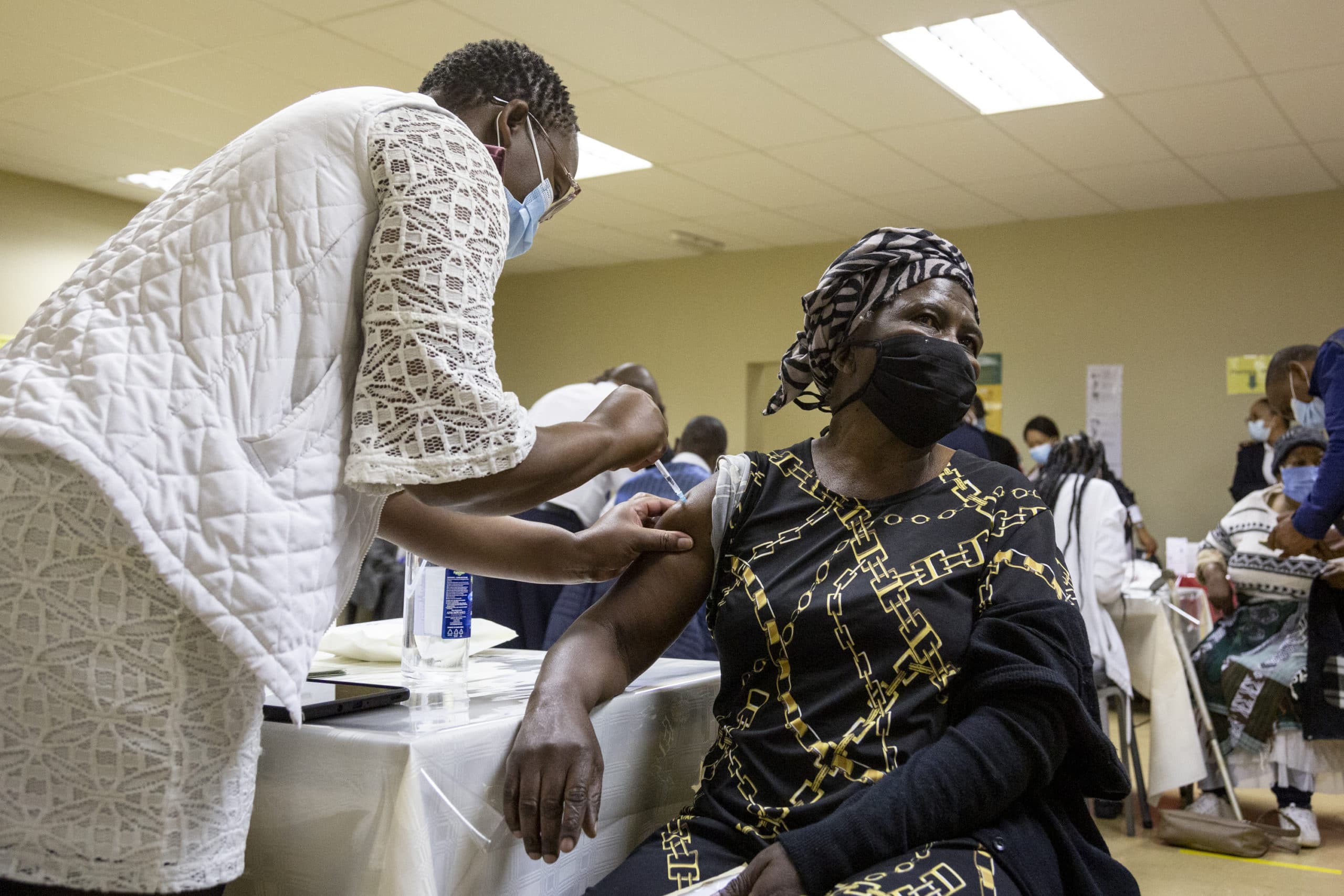Access to vaccines remains a problem for Africa due to manufacturing and logistical issues, rendering vaccine targets increasingly uncertain.
In the air, after a long time, positivity and relief, at least for now.
The National Institute for Communicable Diseases (NICD) in South Africa officially announced the end of the third wave of Covid-19 infections on September 25, with lockdown restrictions looking likely to loosen to include a later curfew and increased leisure and travel activities.
“Nationally, we have exited the third wave according to the current definition. The national seven-day moving average of daily case numbers, positivity rate and testing rate continue to decrease, with sustained decreases seen in all provinces [in South Africa],” said the NICD in a statement at the weekend.
But the rate of administration would need to increase strongly for the country to avoid a fourth wave of infections projected to occur at the end of the year, with the number of doses needing to almost double over the course of the next two-and-a-half months in order to meet this goal.
“As we know, our target is that we must vaccinate 70% adults by mid-December to avoid severe further infections when the fourth wave strikes. We are currently short of 17 million more people over 18 years to be vaccinated,” said South African Minister of Health Dr Joe Phaahla in a recent press briefing.
While South Africa currently stands at almost 17 million doses administered and some 8.4% (according to the Electronic Vaccination Data System or EVDS) of the population fully vaccinated, this stands in stark contrast to over 50% for the United States and the European Union.
A similar difference can be seen for most countries on the continent, as vaccine access looks to be a serious challenge in the months to come.
These differentiated rates are laying bare several logistical and political challenges presented to an equitable rollout to access to vaccines, making it increasingly unlikely that many nations on the continent will reach the WHO’s target of vaccination of 10% of their populations by the end of September.
COVAX, the facility aimed at increasing lower-income countries access to vaccines, has had to adjust its delivery targets for the end of the year. Originally standing at 2 billion doses to be delivered, this has been adjusted to 1.425 billion doses, with vaccine export restrictions and manufacturing issues cited as the primary reason for the change, amongst other challenges.
“In the critical months during which COVAX was created, signed on participants, pooled demand, and raised enough money to make advance purchases of vaccines, much of the early global supply had already been bought by wealthy nations,” read a statement issued by COVAX earlier this month.
While the continent’s second biggest economy can rest more peacefully knowing that the third wave has finally been surmounted, challenges remain.
